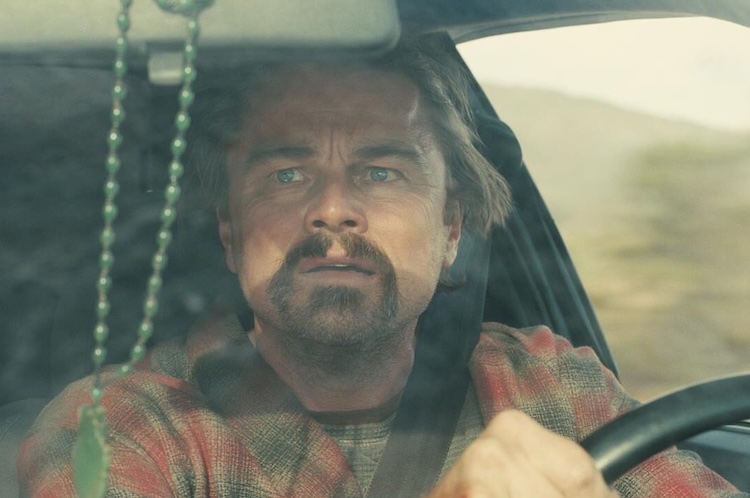For almost three decades, Paul Thomas Anderson has proven himself as one of the most prodigious and talented filmmakers currently working at his craft. Since the debut of his seminal Boogie Nights (1997), he has remained a force to be reckoned with and each release of a new film from hm is heralded as another potential masterpiece. Anderson’s latest work, the wildly inventive and, often, absurdly funny One Battle After Another suggests that the filmmaker may be embracing a slightly more commercial approach to conveying his unique brand of stories.
In the film, Leonardo DiCaprio stars as Bob, a former revolutionary who now exists in a semi-euphoric state of blissful paranoia courtesy of his constant consumption of narcotics. Since the disappearance of his fellow revolutionary wife Perfidia (Teyana Taylor), he has been raising their daughter, Willa (Chase Infiniti) on his own. Now, when an old nemesis appears in the form of racist Col. Steven J. Lockjaw (Sean Penn) who, when he is asked to join a coveted secret cabal of high society racists, begins an odyssey to search for young Willa, who he is worried could be the result of his bi-racial dalliance with Perfidia, thereby ruining his chances of joining the previously mentioned secret society.

This is all precipitated by the abduction of Willa by former cohorts of Bob’s for her protection, which puts Bob on the offensive as he begins a cross-country search for his daughter despite not being able to recall decades-old contact protocols due to his all-too-frequent drug use.
Anderson initially approaches the story from Bob’s point of view but then shifts to Willa’s as it becomes clear that she is, in fact, the focal point of the story. What is surprising is how the entire endeavor remains relatively straight forward.
The script, written by Anderson, adapts Thomas Pynchon’s novel Vineland. In the process, this appropriation manages to enliven the story in the ay Anderson has done so many times before in films like Phantom Thread (2017) and Inherent Vice (2014).
As Bob, DiCaprio portrays him almost as if Jeff Bridges’ Dude from 1998’s The Big Lebowski had been trained as a deadly CIA operative before discovering marijuana and bowling. Of course, due to his drug use, his skills have diminished and his ability to work covertly is all but non-existent. Still, he comes across as a deeply devoted father trying to do right by his daughter despite his shortcomings. Chas Infiniti’s work as Willa however signals a new talent on the horizon as she effortlessly carries the film from the first hour onward.

Leonardo DiCaprio in “One Battle After Another.” Photo Courtesy Warner Bros. Pictures – © Warner Bros. Pictures
Other colorful characters, such as Benicio del Toro’s Sensei Sergio St. Carlos move in and out of the narrative and succeed in adding a tremendous amount of depth to the overall product.
While Paul Thomas Anderson has made films that are perhaps more critically acclaimed than One Battle After Another might initially be, it ultimately reaches the level of the director’s greatest work, and is certainly one of his most humor-laced offerings to date.

